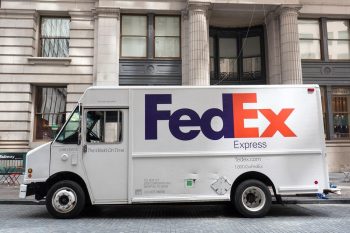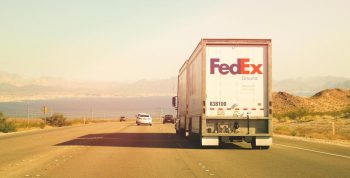
Getting deactivated from Uber Eats can be a significant setback, especially if you rely on it for income. Understanding the reasons behind deactivation and how to avoid it can help you maintain a good standing with the platform. This comprehensive guide will discuss the reasons for deactivation, the process Uber Eats follows, warning signs, consequences, reactivation, and preventive measures.
Getting deactivated from Uber Eats can occur due to reasons like a high cancellation rate, low ratings, violation of Uber’s policies, passenger complaints, or outdated documents. If you’ve been deactivated, you’ll receive a notification explaining why. Reactivation is possible by signing in at Uber.com if it’s been less than 30 days since deactivation or by contacting Uber Eats support for other reasons. To avoid deactivation, adhere to Uber Eats’ policies, maintain a low cancellation rate, and provide a positive experience for customers.
Common Reasons for Deactivation
Uber Eats can deactivate a user’s account for various reasons. Some common reasons include:
- High cancellation rate: Frequent cancellation of orders can lead to deactivation.
- Low ratings: Uber Eats maintains a rating system for both drivers and customers. Consistently receiving low ratings can result in deactivation.
- Violation of Uber’s Code of Conduct or Community Guidelines: Engaging in behavior that violates Uber’s policies can lead to account deactivation. This includes inappropriate behavior, using unapproved or unsafe vehicles, and fraudulent activities.
- Passenger complaints: Receiving multiple complaints from customers can result in deactivation.
- Expired documents: Having outdated documents, such as an expired driver’s license, insurance policy, or vehicle registration, can lead to deactivation.
Uber Eats Deactivation Process
If Uber Eats decides to deactivate an account, the user will lose access to the platform. The user will receive a notification about the deactivation and the reason behind it.
Warning Signs and Notifications
Before deactivation, Uber Eats usually sends warnings to users at risk. These warnings could be about low ratings, high cancellation rates, or reports of inappropriate behavior.
Consequences of Deactivation
Post-deactivation, the user loses access to the Uber Eats platform and can no longer place or deliver orders. This loss of access is permanent unless Uber Eats decides to reactivate the account.
Reactivation Process
Reactivation is possible but depends on the reason for deactivation. If the account was deleted, and it has been less than 30 days, the user can restore it by signing in at Uber.com. For other reasons, the user will need to contact Uber Eats support to request reactivation.
Preventive Measures
To avoid deactivation, users should adhere to Uber Eats’ policies and guidelines. This includes maintaining a low cancellation rate, being punctual, avoiding illegal or risky behavior, and providing a positive experience for customers.
Understanding these aspects can help you maintain a good standing with Uber Eats and avoid deactivation. Remember, consistent, professional, and respectful behavior towards all parties involved can go a long way in ensuring a smooth Uber Eats experience.
Frequently Asked Questions
What is the minimum rating I should maintain to avoid deactivation on Uber Eats?
Uber Eats requires drivers and restaurants to maintain a minimum rating, which may vary by region. However, it’s generally recommended to aim for a rating above 4.6 to avoid any risk of deactivation.
Can I appeal a deactivation decision by Uber Eats?
Yes, if you believe your account was deactivated unfairly, you can appeal the decision by contacting Uber Eats support. Provide as much detail as possible about your situation and be patient, as the review process may take some time.
If my Uber Eats account is deactivated, will my Uber rideshare account also be affected?
It depends on the reason for deactivation. If your account was deactivated due to reasons that violate Uber’s general policies (like inappropriate behavior), it could impact your Uber rideshare account as well.
What kind of behavior can lead to deactivation?
Any behavior that violates Uber Eats’ Community Guidelines can lead to deactivation. This includes, but is not limited to, harassment, discrimination, illegal activities, and fraudulent behavior.
How can I maintain a low cancellation rate?
To maintain a low cancellation rate, make sure you’re available and ready to fulfill orders when you’re online. If you’re a driver, ensure your vehicle is in good condition and you’re familiar with your area’s layout to avoid delays and cancellations. As a restaurant, ensure you have sufficient inventory and staff to handle orders promptly.












